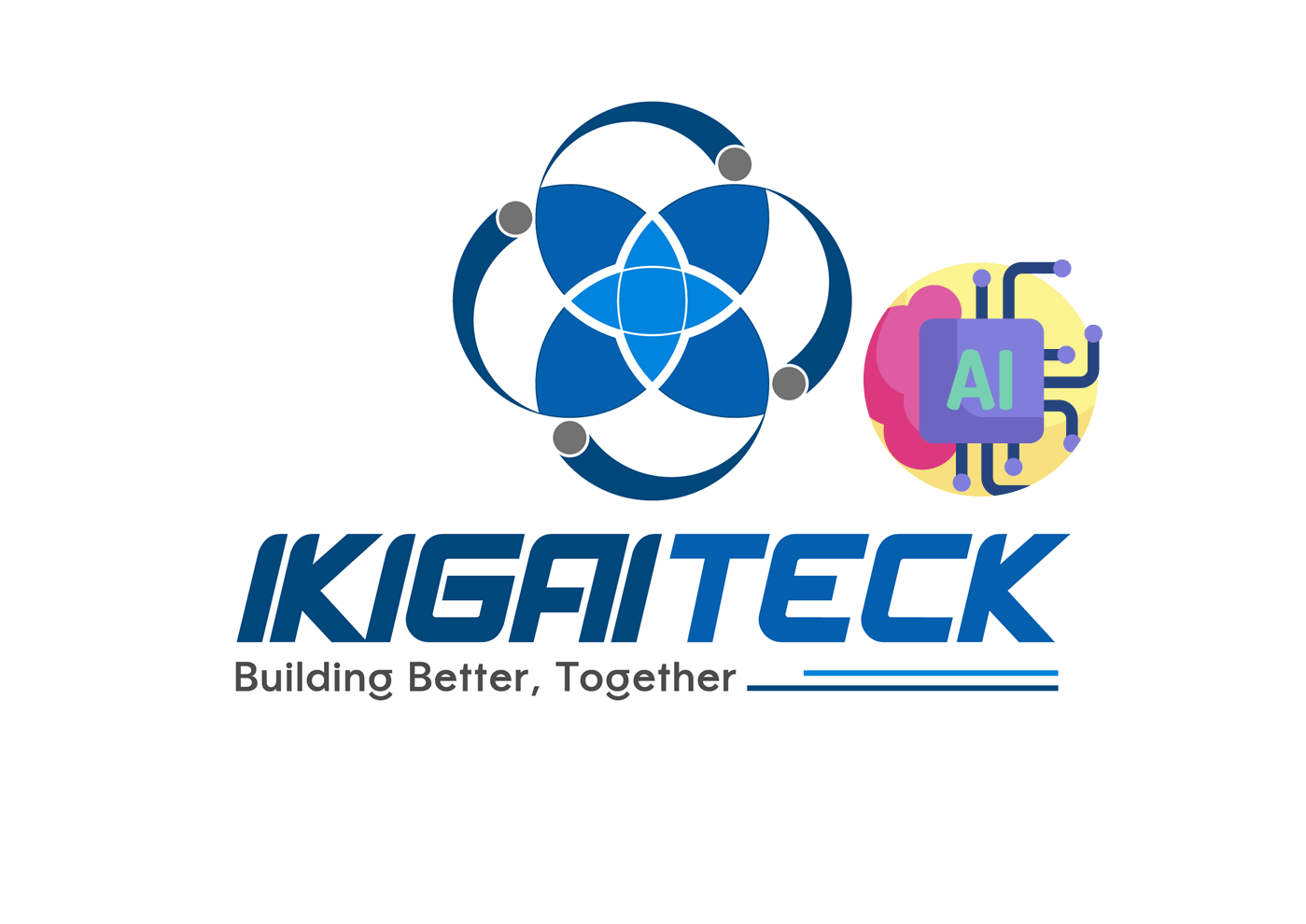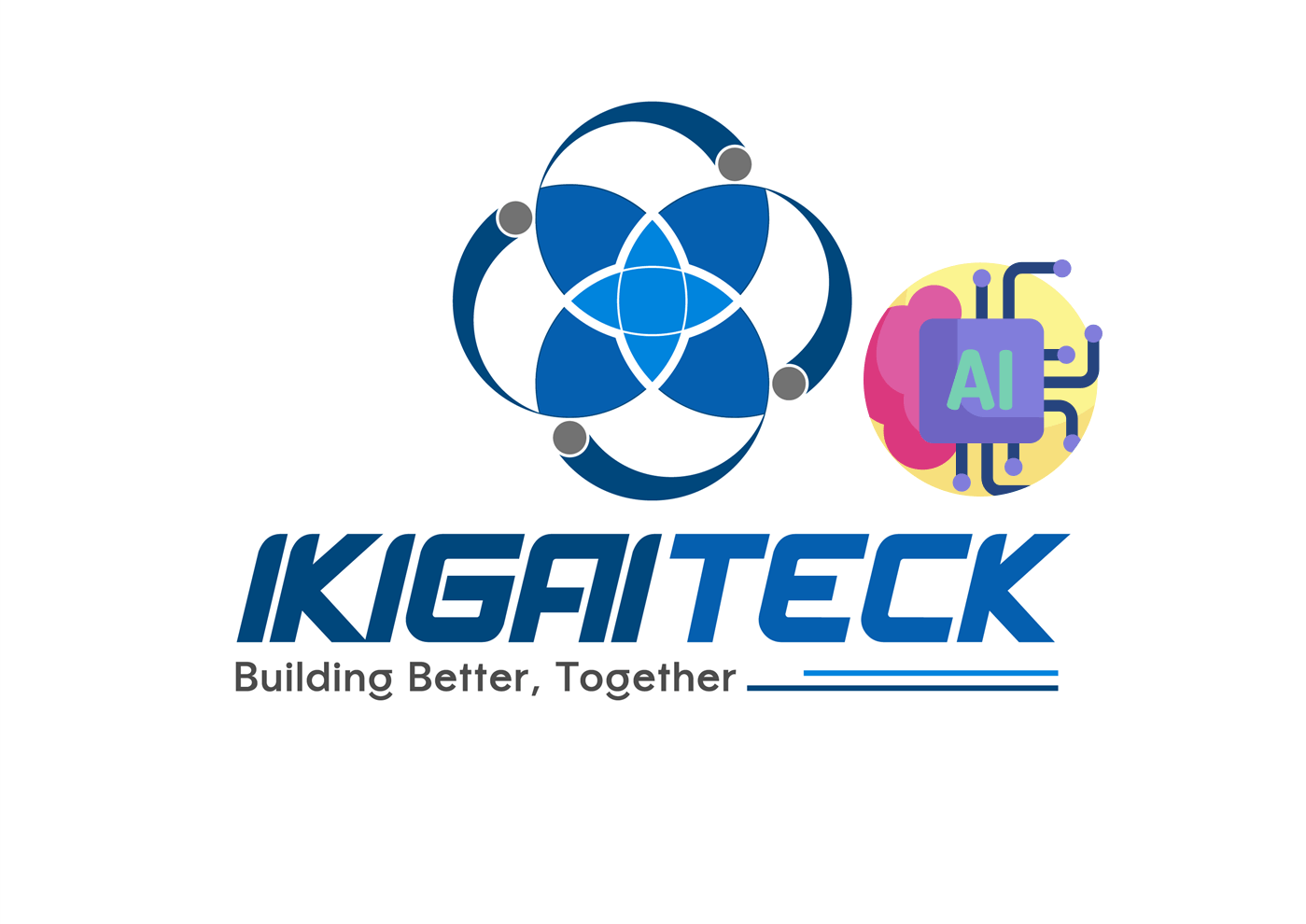Best AI Tools for Students in 2025 – Smarter Study, Better Results
Best AI Tools for Students in 2025
Artificial Intelligence has become a natural part of student life. What used to take hours—solving tricky math problems, writing essays, or preparing a presentation—can now be simplified with the help of AI. But not every tool is built for every student. This guide looks at some of the most popular and practical AI tools in 2025, explaining why students use them, what they do best, and where their limitations lie.
LittleLit AI – a safe space for younger learners
LittleLit AI is designed for students aged 6–14. It’s not just a homework helper but also a platform with AI tutors, creative STEAM projects, and lessons on how to use AI responsibly. Parents often value LittleLit because it offers a safe, filtered learning environment while still encouraging curiosity and creativity.
Of course, the tool is best suited for younger learners. Once students reach higher grades, their needs quickly go beyond what LittleLit AI currently provides.

QANDA – step-by-step math solutions in seconds
QANDA has gained global popularity for one simple reason: it makes math easier to grasp. Students can take a picture of a problem, and the app instantly returns a detailed solution, breaking it down step by step. This approach helps students understand the process, not just the answer, which is why QANDA is widely used across Asia.
That said, its strength is also its limitation. QANDA mainly focuses on math and science-related questions, so students looking for support in writing or social sciences may find it less useful.

ChatGPT Study Mode & NotebookLM – interactive learning and research
ChatGPT in Study Mode is built to act like a tutor. Instead of simply giving answers, it asks guiding questions, generates flashcards, and creates quizzes. This makes it a great tool for practicing recall and deepening understanding before exams.
NotebookLM, created by Google, addresses another common need: managing study materials. Students can upload documents and receive concise summaries, key insights, or even audio versions of their notes. This is particularly helpful for university students dealing with dense academic papers.
Both tools work best for active learners. If you expect instant answers without engaging, ChatGPT Study Mode may feel demanding. NotebookLM also shines only when you already have organized materials to work with.

Gemini for Education – Google’s classroom AI
Google’s Gemini for Education integrates directly into Google Workspace for Education. It allows teachers to quickly create quizzes, mind maps, and summaries while ensuring that student data remains private and secure.
The biggest advantage is how seamlessly it fits into the existing Google ecosystem that many schools already use. Teachers save time, and students receive clearer, more engaging resources. The downside is availability: Gemini is currently limited to schools that have adopted Google Workspace for Education, and some of its more advanced features are still rolling out.

SlidesAI – presentations made simple
For many students, preparing slides for group projects or class presentations is stressful. SlidesAI takes plain text and converts it into a professional-looking presentation within minutes. With templates and customization options, it’s a quick fix for anyone pressed for time.
Its convenience is undeniable, but the tool is tied to Google Slides and lacks the creative flexibility offered by competitors like Gamma or Beautiful.ai. Students who want unique, highly polished designs may need to combine SlidesAI with other tools.
👉 Ready to try SlidesAI
Khanmigo and Querium – guided tutoring with structure
Khanmigo, developed by Khan Academy, acts as a digital tutor aligned with curriculum standards. It supports subjects such as math, reading, and SAT/ACT preparation, and teachers appreciate the built-in progress tracking.
Querium, on the other hand, focuses heavily on STEM. It explains problems step by step, making it an excellent tool for students who struggle with logic or need extra practice in math and science.
These tools are reliable but somewhat narrow. Khanmigo is tied to Khan Academy’s ecosystem, and Querium doesn’t extend much beyond STEM subjects.

OtioAI – more than writing, a complete AI study workspace
OtioAI is gaining attention as an “AI research assistant” for both students and educators. Instead of just rephrasing text, Otio allows users to upload different types of content—PDFs, articles, videos, or web links—and then automatically summarizes, labels, and organizes them into clear, structured notes.
Its standout feature is the ability to chat with your documents. Students can ask questions directly about the uploaded material, making it feel like interacting with a tutor who already knows the content inside out. This transforms studying from passive reading into an engaging, interactive process.
Beyond research, Otio also supports writing, paraphrasing, and workflow automation, helping students move from gathering sources to drafting papers without switching platforms. For teachers, it can streamline lesson prep and resource creation.
The only drawback is that Otio is still relatively new, so its user community is not yet as large as Grammarly or ChatGPT. Still, given its range of features, it deserves a place among the top AI tools shaping education in 2025.
Otter.ai – never miss a lecture again
Otter.ai has become a go-to for students attending lectures or online classes. It automatically records, transcribes, and summarizes discussions. With searchable transcripts, students can revisit key points anytime without relying solely on handwritten notes.
The main drawback is that its accuracy depends on audio quality. In noisy environments or with poor internet, transcripts may not capture everything perfectly. Still, for students in lecture-heavy courses, it’s a time-saver.

Grammarly – polishing every piece of writing
Grammarly is one of the most widely recognized AI writing assistants. It checks grammar, spelling, and style, and even detects plagiarism. For essays, research papers, or professional emails, Grammarly ensures clarity and polish.
Its popularity speaks for itself, but it isn’t perfect. The free version is quite limited, and while the premium features are strong, they come with a higher cost. Grammarly also doesn’t help with brainstorming or argument structure—it focuses on refining what’s already written.

QuillBot – smoother paraphrasing
QuillBot is often used by students who need to paraphrase sentences or entire paragraphs. It offers several modes to reframe text, from formal to casual, making essays or research papers sound fresh and varied.
The tool is practical, but it has boundaries. It doesn’t add insight or improve the logic of an argument, and overusing it may distort the original meaning. Students still need to apply their own judgment when rewriting.

Magic School AI / Education Co-Pilot – a comprehensive K–12 platform
Magic School AI, also known as Education Co-Pilot, provides a wide range of support for K–12 students (Kindergarten through 12th grade). It helps with assignments, quiz creation, test prep, and even auto-grading.
Teachers benefit as much as students: the platform saves time by automating repetitive tasks. However, its adoption is still limited outside certain regions, and effectiveness depends heavily on how schools choose to implement it.

Final Thoughts
Each AI tool has its own niche. For younger learners, LittleLit AI and QANDA are safe and effective choices. College students may find ChatGPT Study Mode, NotebookLM, Grammarly, and QuillBot to be indispensable for writing and research. Teachers and schools will benefit most from Gemini for Education and Magic School AI.
AI should always be viewed as a support system, not a replacement for learning. Real progress comes from a student’s effort, critical thinking, and creativity. When used wisely, these tools don’t just save time—they make learning more engaging and effective.
(Some links on our site may be affiliate, meaning we may earn a small commission at no extra cost to you.)
Subscribe now !
Be the first to explore smart tech ideas, AI trends, and practical tools – all sent straight to your inbox from IkigaiTeck Hub
IkigaiTeck.io is an independent tech publication sharing practical insights on AI, automation, and digital tools.




